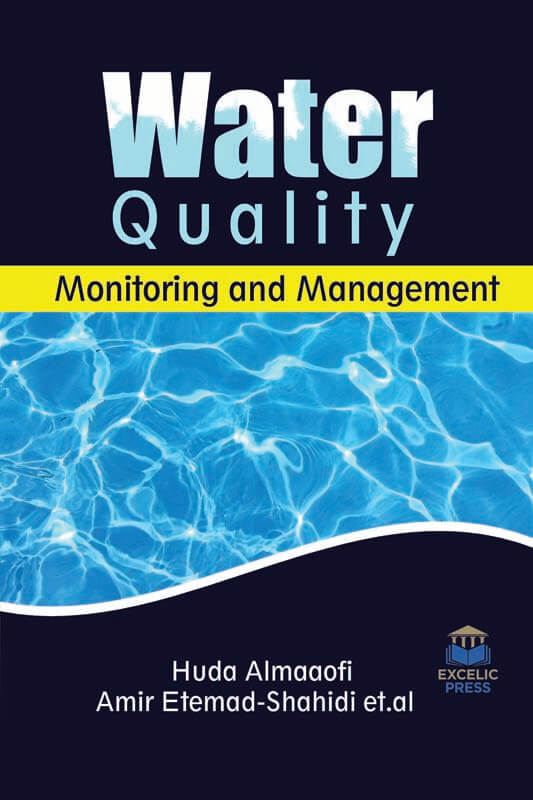Different approaches and methodologies have become prominent for evaluating water quality remediation strategies, including Multiple Criteria Decision Analysis (MCDA), hydrologic modeling, cost-effective analysis, and statistical analysis. MDCA has been widely used as an approach to evaluate water quality strategies in catchments through different study approaches, such as catchment water planning and management, catchment assessment and prioritization, water quality management, mining water management, and urban water management. The Physico-chemical variable analysis is the traditional approach to controlling pollution and managing water quality. It helps water-resource managers to measure and analyze the concentrations of pollutants, determine their fate and transport, as well as their persistence in the water.
This book aims to present the up-to-date information on current research and to explain fundamentals and standards in water quality management. Drinking water catchments (DWC) are under pressure from the point and nonpoint source pollution due to the growing human activities. This worldwide challenge is causing the number of adverse effects, such as degradation in water quality, ecosystem health, and other economic and social pressures. Different evaluation tools have been developed to achieve sustainable and healthy drinking water catchments. However, a holistic and strategic framework is still required to adequately consider the uncertainty associated with feasible management remedies of surface water quality in drinking water catchments. This book argues for the ecosystem approach to managing water quality, which advocates the management of water, land and the associated living resources at the catchment scale as complex social-ecological systems and proactively defend and protect the ecological health of the ecosystem for the continuing supply of ecosystem services for the benefit of society.
Although this growth and development provide economic opportunity, they also alter local ecosystems by changing land use and land cover; causing changes in soil and groundwater chemistry, watershed-level hydrology, and dissolved nutrients in waterways, particularly in the form of nitrogen and phosphorous species. Aesthetic value is an important factor that should be considered in lake environments. However, there is a lack of research examining and undertaking an investigation of the aesthetic value of multifunctional lake ecosystems. This book aims to define and investigate the important perceived attributes related to the aesthetic value of multifunctional lakes using a video-questionnaire method and to provide some suggestions for the further development of a visual quality index facilitating decision making in management and policies. The book further focuses on water resources management and shows the need to enforce the existing international bilateral agreements and to implement the Water Framework. The water quality from the rivers has considerable importance for the reason that these water resources are generally used for multiple matters such as: drinking domestic and residential water supplies, agriculture (irrigation), hydroelectric power plants, transportation and infrastructure, tourism, recreation, and other human or economic ways to use water. It succeeds with a focus on the application of the SUSTAIN model to a watershed-scale case for water quality management and the impact of wastewater on surface water quality in developing countries. The book finally closes with a study on groundwater quality assessment in a volcanic mountain range. It is hoped that this book will serve to students, practitioners, scientists, and engineers as well as for those who are involved in the area of water resource management.














Reviews
There are no reviews yet.